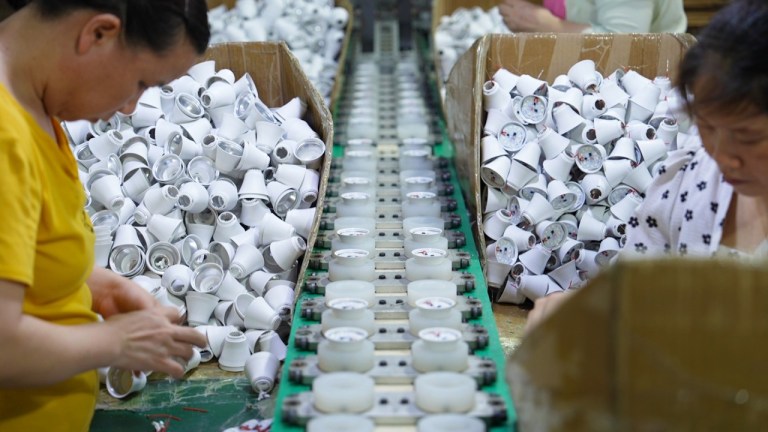How Kevlar Used in Bulletproof Vests Is Strategically Constructed to Stop Bullets in Their Tracks
In a durable TED-Ed lesson written by Max G. Levy and directed by Vitalii Nebelskyi of the creative agency and action, narrator Addison Anderson explained the history of Kevlar, its amazing construction, its ability to stop bullets, and how this amazing fabric has become ubiquitous in daily life.
Explore the chemistry behind what makes kevlar so strong, and how this essential synthetic fiber was invented.
The material was invented by a brilliant DuPont chemist named Stephanie Kwolek.
Named Kevlar, this alternating blend of 1,4-phenylene-diamine and terephthaloyl chloride combine at the molecular level to form a series of parallel chains. At rest, these chains align in strict rows, giving the polymer order and crystalline strength. But when pressure is applied, the chains wriggle around, allowing the material to flow like a liquid. This so-called liquid crystal polymer was unprecedented, and when Kwolek’s team spun the viscous fluid into a fiber, the results were better than they could have hoped.






